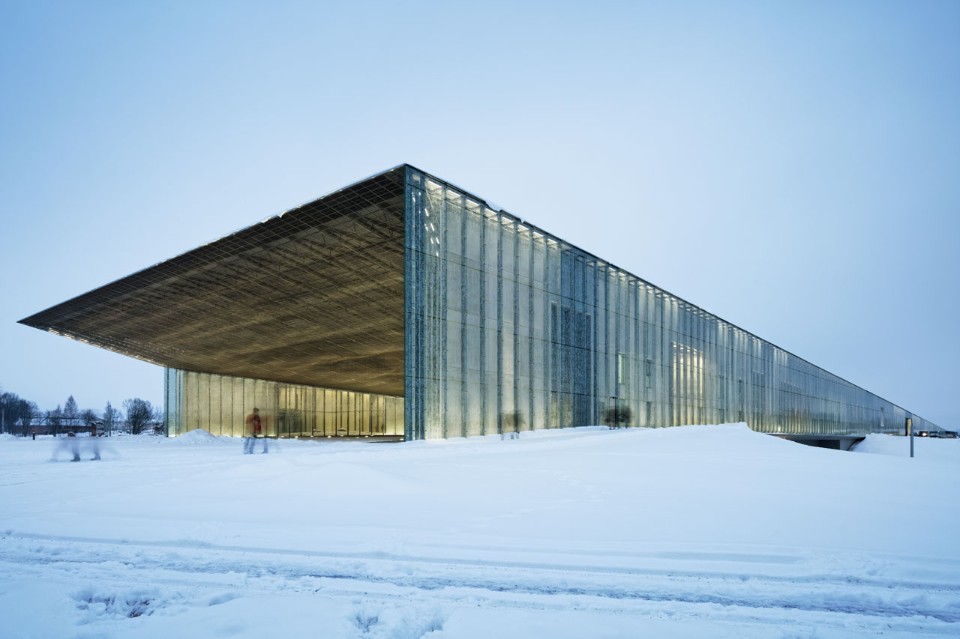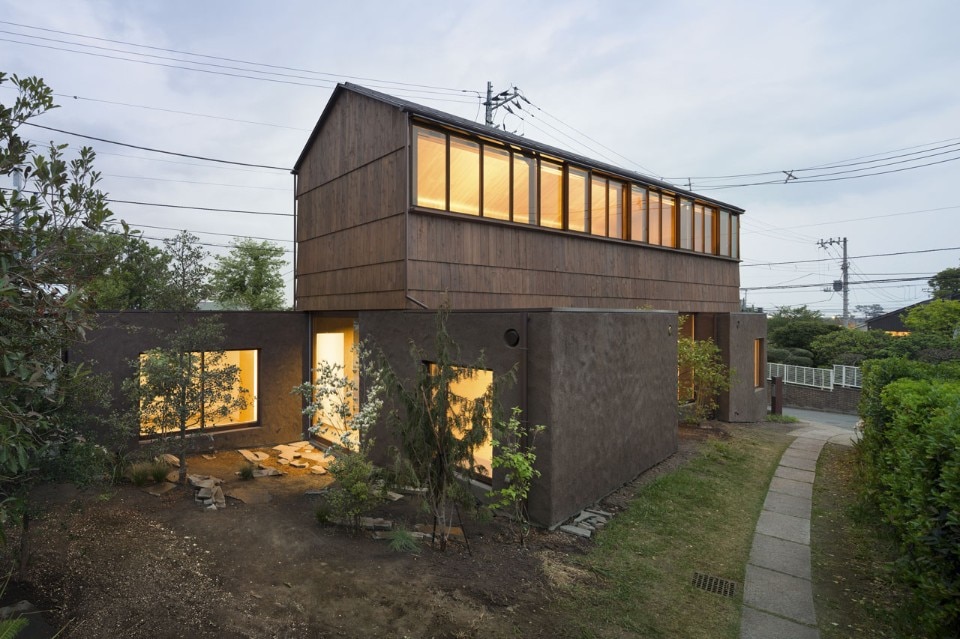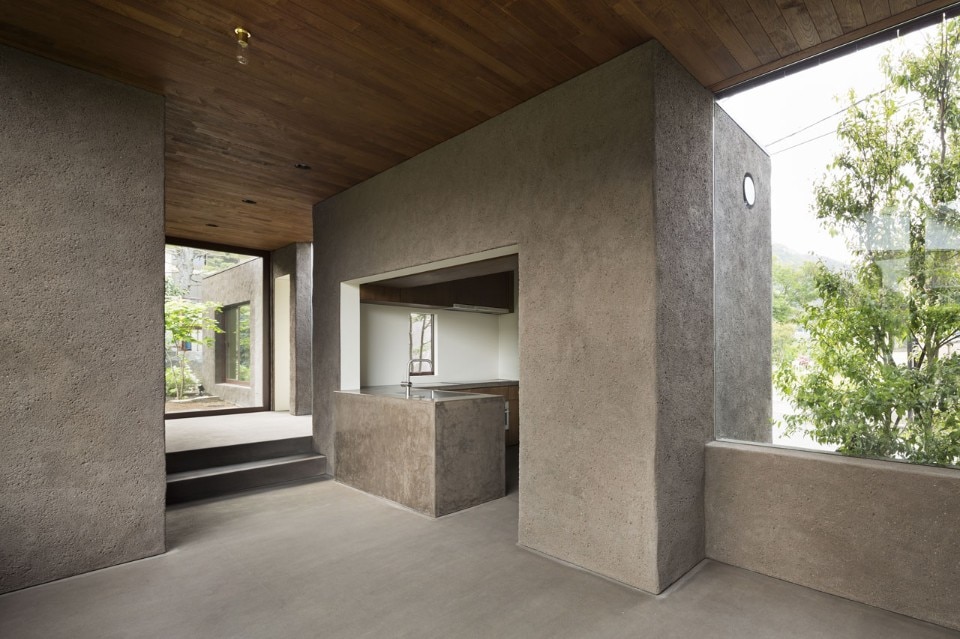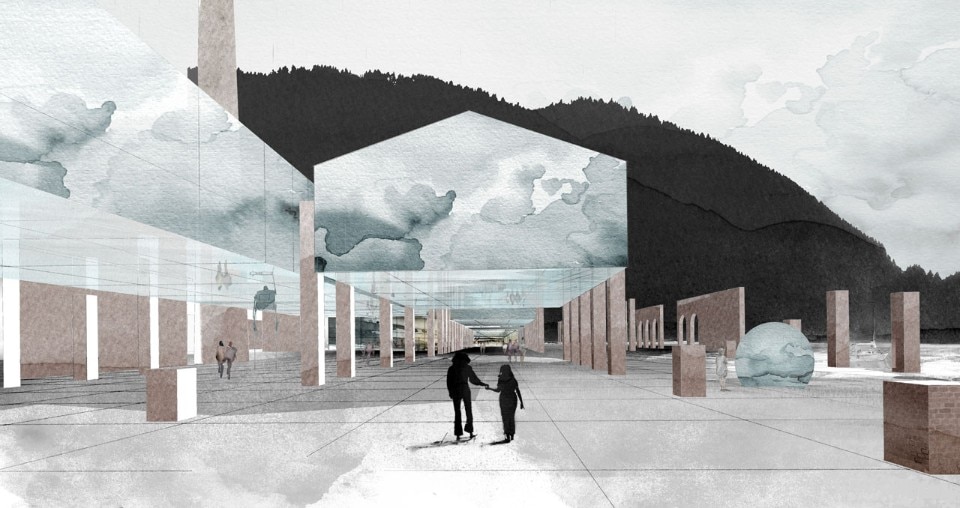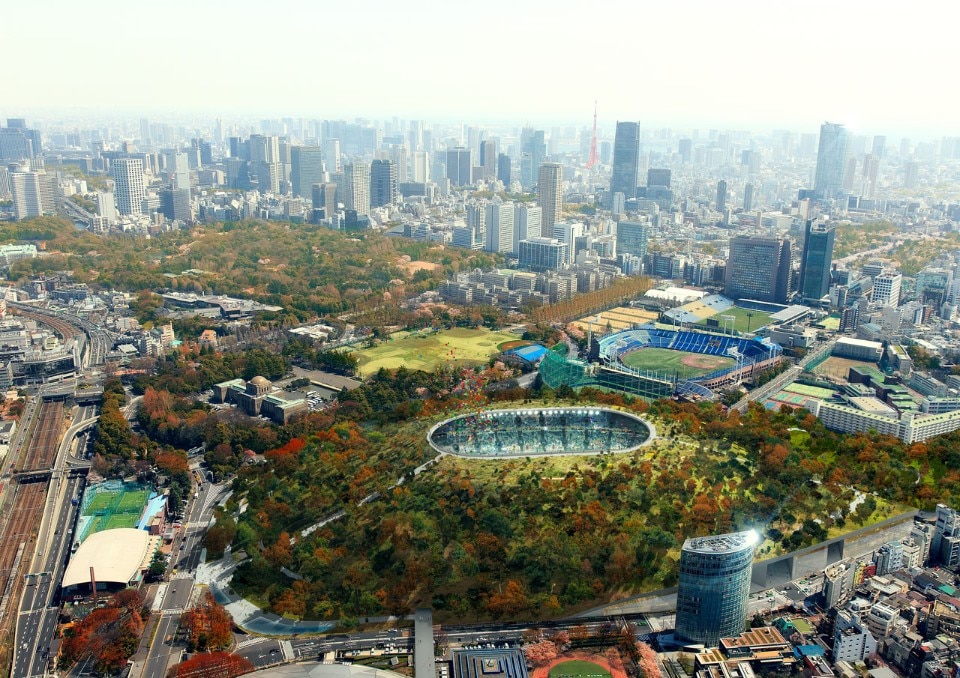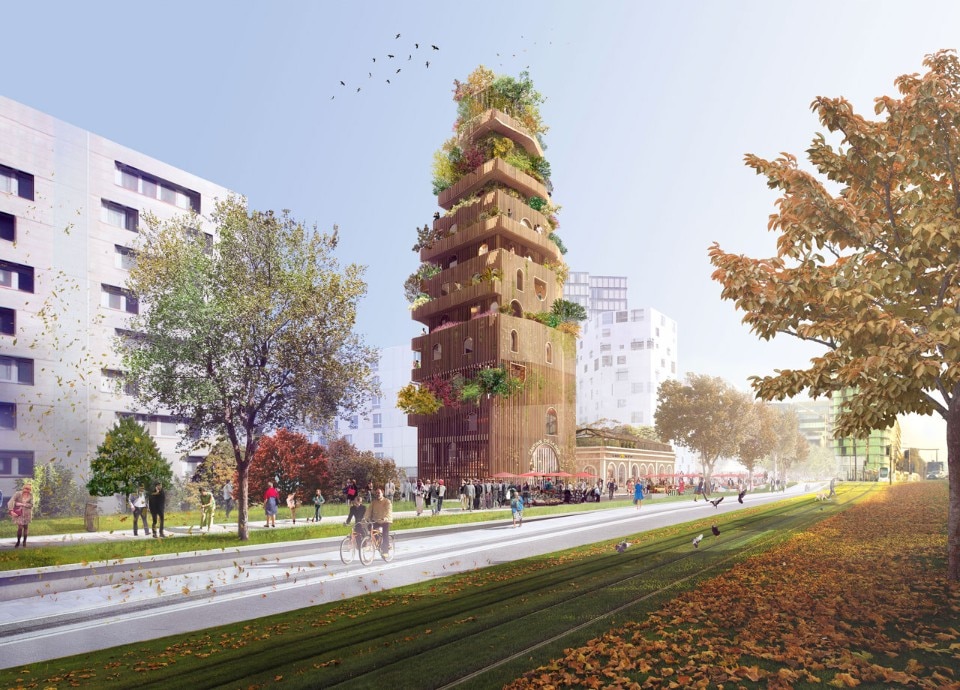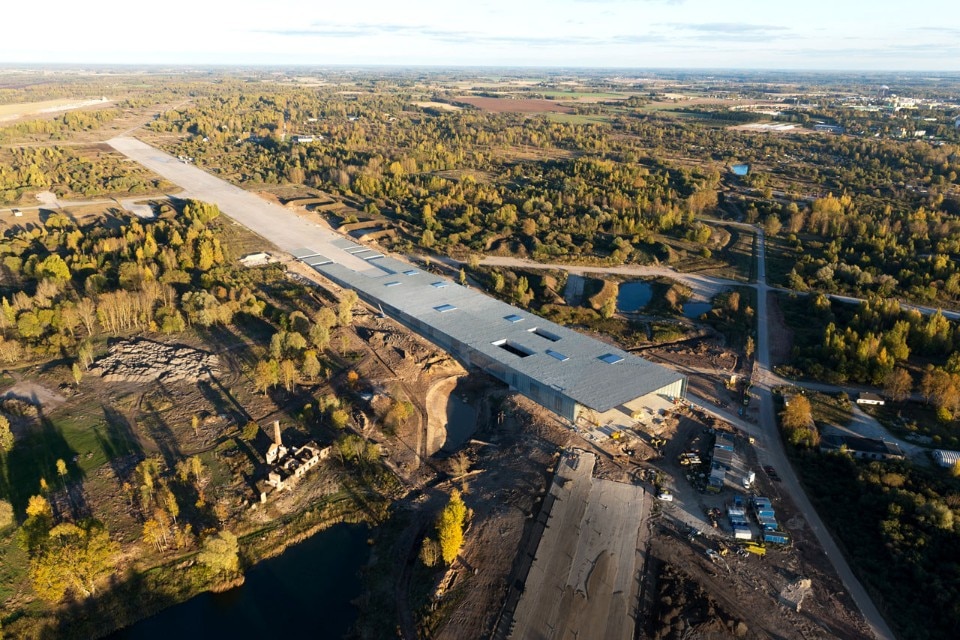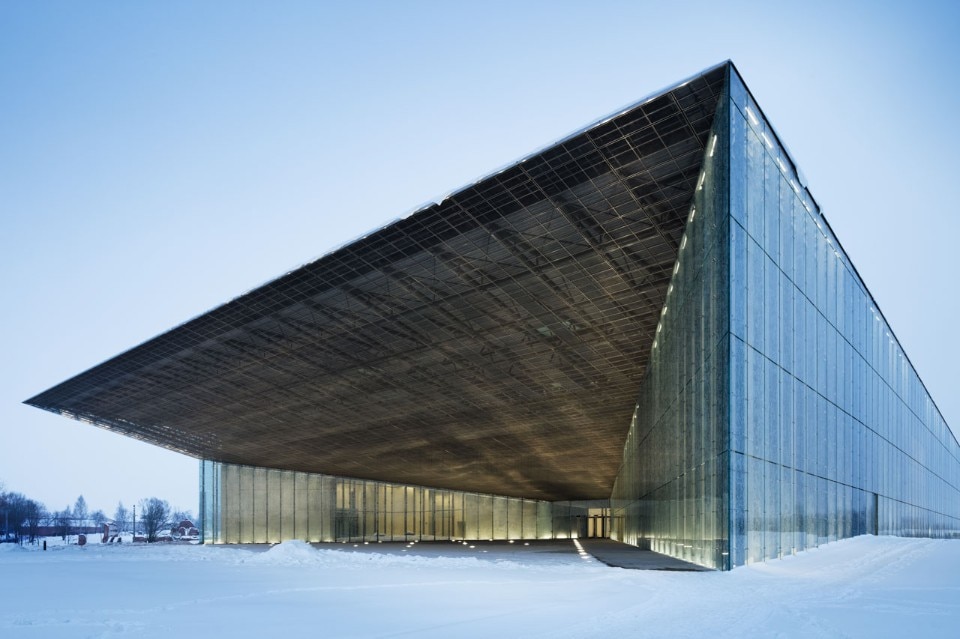
It was this design – the competition dates to 2005 – that gave birth to the architecture studio with multiculturalism in its DNA and in the origins of its three founders: the Italian-Israeli Dan Dorell, the Lebanese Lina Ghotmeh and the Japanese Tsuyoshi Tane. They share the same idea of sustainable design, of inventing unexpected and unique solutions so that architecture doesn’t have a considerable impact on the environment and the planet’s increasingly limited resources. Indeed, for DGT, buildings should really be “productive”, that is, able to regenerate and give the environment resources in an active way.
Therefore, all the of the Parisian studio’s designs – many have been built, while some have not – treat the theme of sustainability between architecture and environment in a non-conventional, absolutely inventive way.
